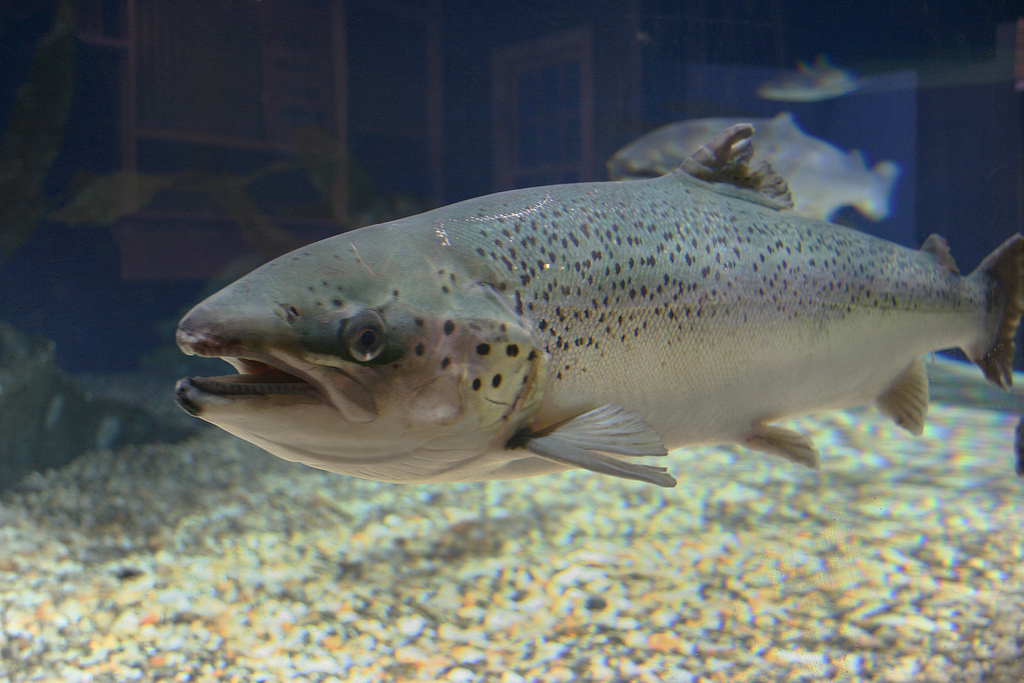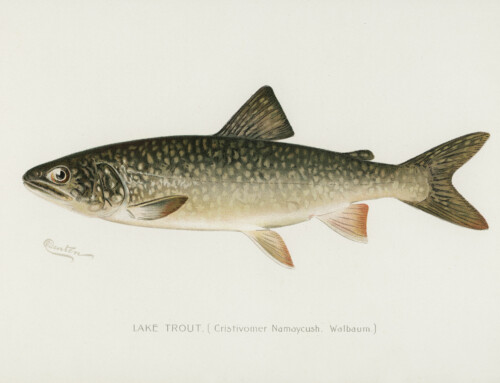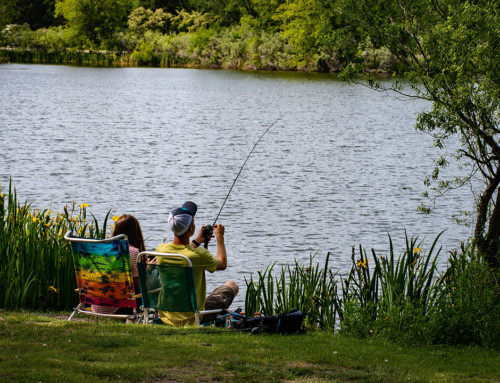Originally Published by The News, July 13, 2015
By Stephen Chase
Take a minute to consider what Atlantic salmon means to this province. It’s part of our identity, intermingled with our past, present and future. From long before European settlers landed here, salmon was a mainstay of aboriginal life and is still a centrepiece of native livelihood and ceremony.
When you consider salmon and its place in our history, lifestyle, economy, and culture, especially with respect to First Nations, its value is immeasurable.
But considerable pressures are being placed on our salmon, from environmental factors in our oceans and rivers to over-fishing by the international commercial fishery. And while we know that there are good years and bad years for our salmon runs, the current trend is troublesome.
Since the 1970s, returns of adult salmon to Eastern Canadian rivers have dropped from 1.8 million per year to less than half that, an average of 0.7 million per year. In 2014, 70 per cent of the 60 rivers monitored by the Department of Fisheries and Oceans (DFO) fell short of their conservation limits for salmon.
Given salmon’s importance, and its precarious situation, the work of the Atlantic Salmon Conservation Foundation (ASCF) is vital.
The Foundation was formed nearly 10 years ago, when the Government of Canada provided a $30 million endowment to fund Atlantic salmon conservation efforts.
Through its advisory panels of scientists, biologists and conservation experts, ASCF uses the interest earned on that endowment, and donations from generous sponsors, to fund projects to protect wild Atlantic salmon and its habitat in the Atlantic provinces and Quebec.
Since 2008, we’ve awarded over $3.5 million for more than 200 projects. This year alone we distributed close to $1.1 million.
The results are considerable: nearly 900,000 square metres of habitat restored and almost 43 million square metres of new habitat created. That’s a lot of waterways cleaned up, log jams and abandoned dams removed, trees planted, culverts repaired, river sedimentation dealt with, and obstructions breached to allow headwater access to spawning fish. We also fund restocking programs and initiatives that teach school children about conservation, support leading edge salmon conservation research, offer webinars covering conservation and habitat restoration, and recently launched our new web-based resource, “The Salmon Hub.”
Much of this is done through partnerships with community-based conservation groups, First Nations, and municipalities. Across the region, over 1,000 jobs have been created, mainly in rural areas. Beyond the paying jobs, nearly 3,700 volunteers have donated their time and effort.
While we are proud of the difference the Foundation is making, we still turn down many excellent grant applications, simply because funds are limited.
But we are optimistic. Earlier this year Federal Fisheries Minister Gail Shea formed an advisory committee on Atlantic salmon. At meetings across the region, proposals were presented on how to advance conservation efforts, which is now a government priority.
We were pleased to have appeared before that committee to express some concerns, but mainly to suggest solutions to salmon conservation issues. In particular, we offered our Foundation as an excellent and accountable delivery method for any new federal funding, which is so necessary to saving Canada’s iconic wild Atlantic salmon. ASCF already has this mandate and the infrastructure in place to hit the ground running.
The challenges are considerable and the stakes are high. How can you help? If you’re an angler, honour Minister Shea’s call for “catch and release” of salmon across the region. If your recreation is in our woods and waterways, keep habitat conservation in mind and avoid damaging streams, brooks and riverbanks. If your business, farm or mill borders on waterways, mitigate harmful run-off and plan expansion carefully.
With your diligence, an enhanced effort by DFO, and ASCF’s support, the king of the fighting fish will have more than a fighting chance.
Stephen Chase is the Executive Director of the Atlantic Salmon Conservation Foundation (www.salmonconservation.com).
Photo courtesy of the Maritime Aquarium at Norwalk.






